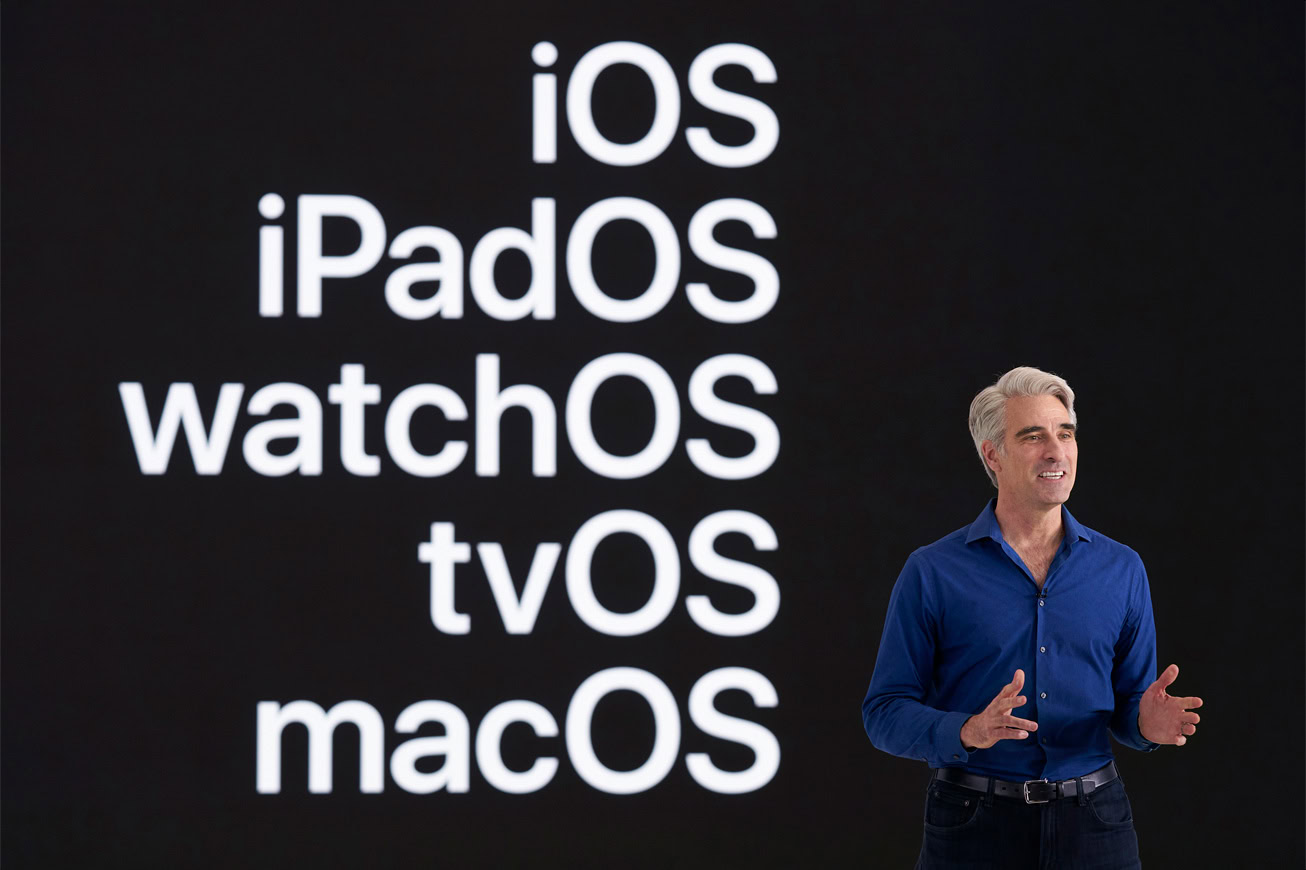Affiliate links on Android Authority may earn us a commission. Learn more.
Apple’s singular vision for the future should be a wake up call for Google
Published onAugust 1, 2020
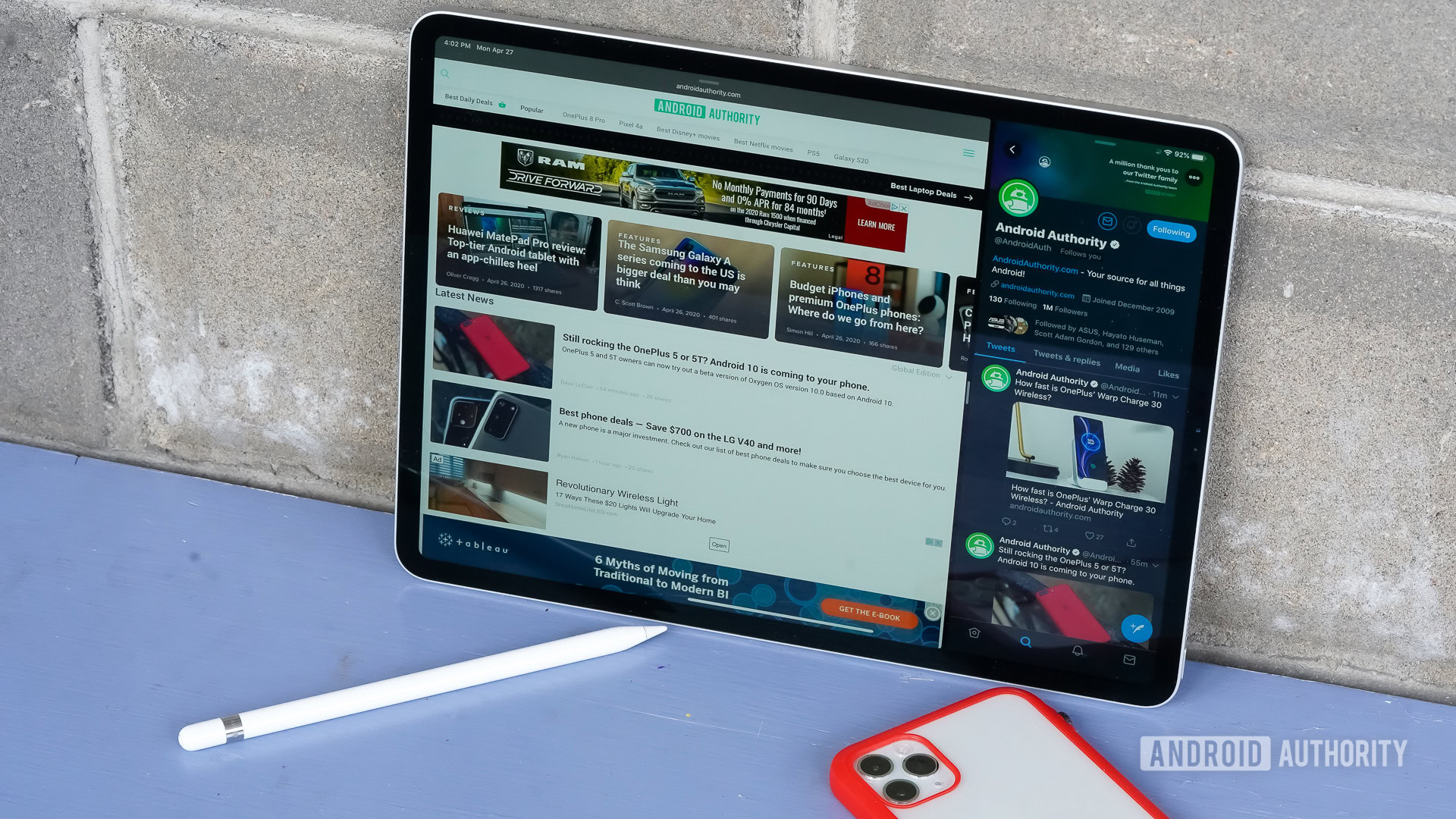
Apple’s annual WWDC Conference is its time to showcase the next year of its smartphone, tablet, and Mac operating systems. As with everything Apple does, it is always a pretty big deal in the tech world.
This year’s event, held back in June, was a historic one — and not just because it was held entirely online. It’s barely been a hot minute since WWDC and already Apple has changed the conversation around tech in more ways than one.
Worth reading: Apple iPhone buyer’s guide
Amongst the expected and not-so-expected updates, there was one major takeaway: by transitioning full-blown MacBooks to Apple’s own silicon, we can finally see the culmination of a decade’s work to synergize an ecosystem that other companies can only dream of.
I’ve been a Mac user for over a decade and have always been impressed by how well Apple’s products integrate with the operating system, going all the way back to the venerable iPod. Seeing the company continue to put the same level of care into every product in its ecosystem only exposes how dire the situation is elsewhere. I’m talking about Google, of course.
Apple's singular vision is driving it forward in ways Google just can't compete with at the moment.
Google’s approach towards hardware has at best been lackadaisical and at worst lacked any overarching vision or direction. The result has been individually brilliant products that don’t always work together in any meaningful way. In the face of Apple’s latest power play and with several new Made by Google products seemingly on the horizon, that needs to change.
It’s all about the ecosystem and customer lock-in
It is no secret that Apple has been building towards a completely unified ecosystem; a broader gamut of products that are aimed to reduce friction for a consumer. It irks Android die-hards and has flamed many a fan war, but there is no doubt that Apple’s heavy-handed focus on a consumer-first experience has resulted in a walled garden of apps, services, and products that just work and, crucially, work together.
There is no first-party equivalent for the synergy between Apple's different product lines.
Features like Continuity ensure a seamless transition between Macs, iPhones, and iPads. Sidecar increases productivity by making the iPad a powerful second screen. The ability to quickly scribble a signature on your iPad and immediately insert it into a document on your Mac is the kind of stuff that simply isn’t possible across Google’s products. This year the iPad will even get the extremely powerful Spotlight search feature from macOS.
Tablets are another telling point of comparison. The iPad app store is full of high-quality apps that often have no equivalent at all on Android. From music creation to games to code editors, the reality is that the iPad is powerful and versatile enough to become a true laptop replacement for a large customer subset.
Read more: 5 features the Google Play Store should steal from the iOS App Store right now
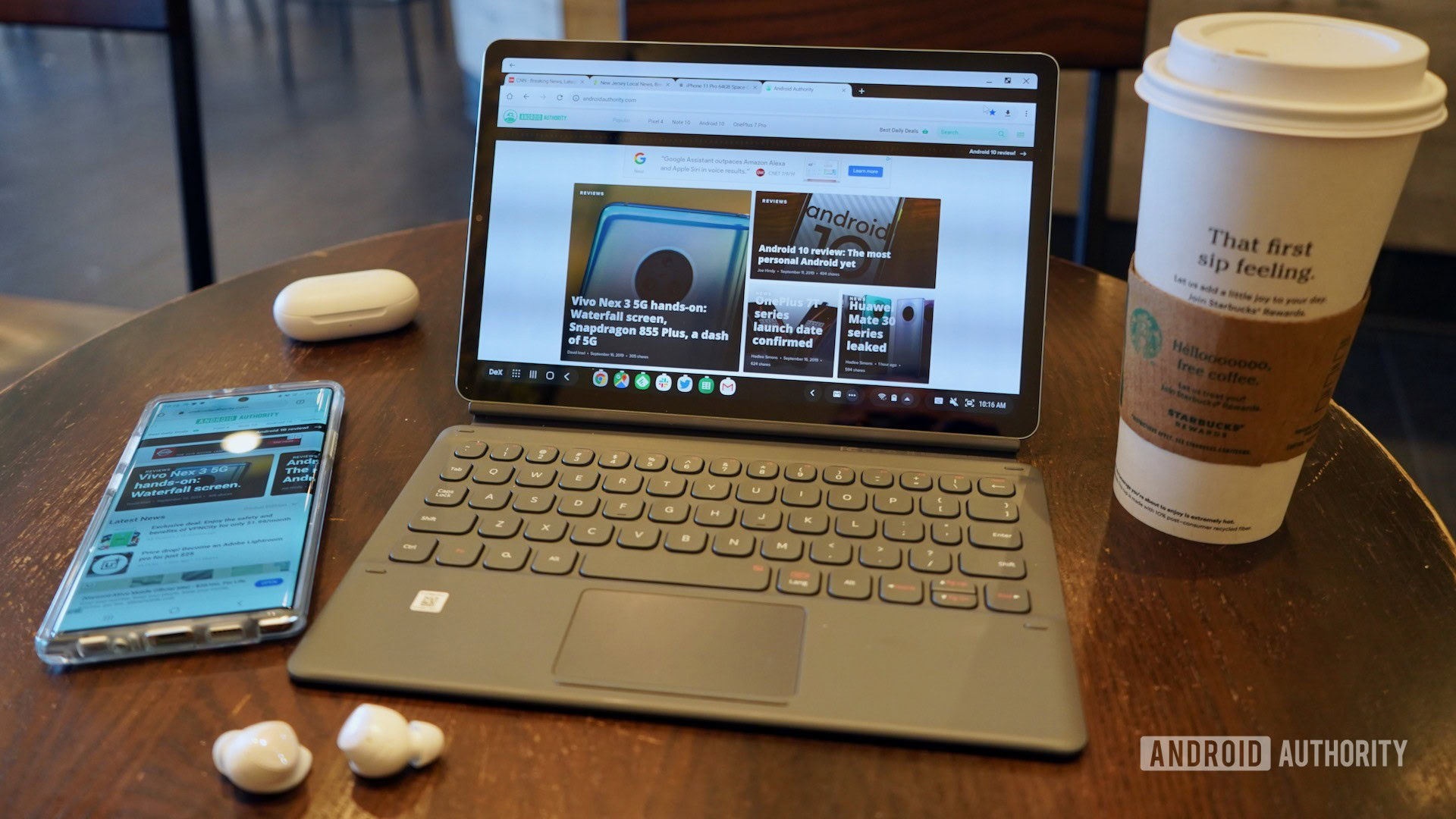
Meanwhile, Google’s efforts to support the Android tablet market are non-existent. The number of tablet-optimized apps on the Play Store is woeful and more often than not users are left with blown-up phone apps. Samsung has tried its best to finagle the most it can out of Android on its Galaxy Tab series, but it is still a sub-optimal experience and not one that is consistent across the broader portfolio of Samsung devices.

The lack of cohesion between Android tablets and the broader Google-designed ecosystem is reflected across other products too. Wear OS has languished in more ways than one. Be it the lack of general refinement, minimal enhancements, woeful battery life even on the latest hardware, or simply the lack of a flagship product from Google itself, Wear OS pales in comparison to the feature-set of Watch OS for the Apple Watch or even Samsung’s Tizen-based Galaxy Watch lineup.
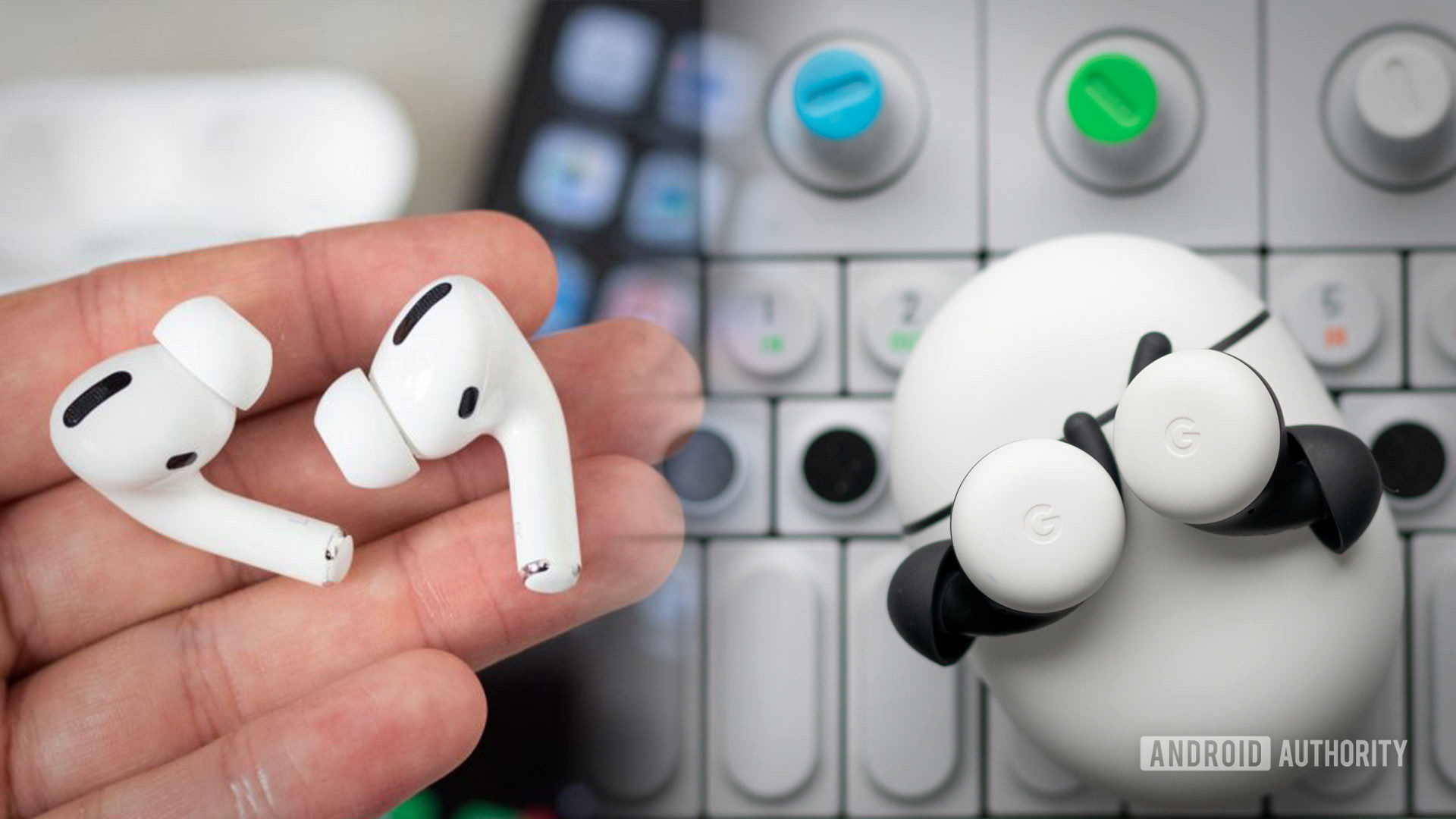
The same can be said for the iPhone and even the AirPods. While Fast Pairing is making strides to improve the Bluetooth pairing experience, it is still not a reality on most modern headphones. Meanwhile, with the latest version of Apple’s software, AirPods can detect exactly where audio is being piped in from and switch between sources. This is something that can only be done with the kind of vertical integration Apple has built over the years.
Related: The best AirPods alternatives
After WWDC, we now have the final piece of the puzzle. With the transition away from Intel, Apple is finally in a position to bring the Mac into that same fold. The ability to run iPhone and iPad apps is a tremendous opportunity for customers and developers. Yes, Chromebooks have been able to run Android apps for a while now. However, Chrome OS devices suffer from the same app optimization issues that have plagued Android tablets. The Mac, however, will be able to bypass this by taking advantage of the enviable iPad app ecosystem.
It’s not just apps and software, though. To take an obvious example, there’s little about the Pixelbook that actually ties it to Pixel phones aside from branding. As Android Authority’s Oliver Cragg put it, you can count the ways Pixel phones integrate with Chromebooks on one hand. That’s telling of just how fragmented Google’s hardware efforts are.
Google is its own worst enemy
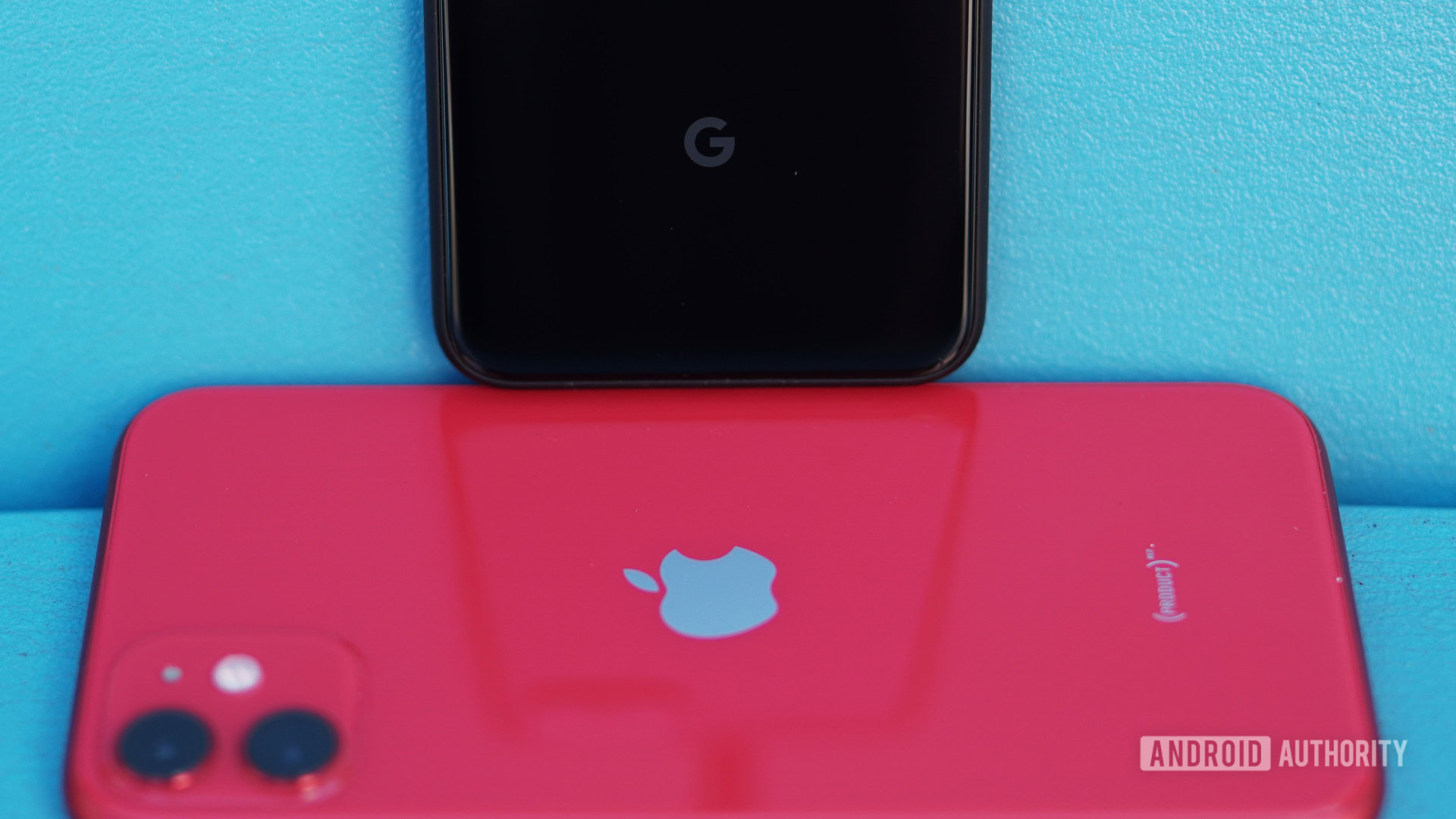
It could be argued that by licensing out its software and operating system Google is just an enabler for a broader ecosystem running on its platform, and that’s fair enough but you don’t invest a fortune, buy two smartphone companies, and a wearable manufacturer without having serious hardware ambitions. Between the Chrome OS running Pixelbooks, the Pixel series of phones, and Nest hardware, Google has been trying to create a semblance of an alternative to Apple’s hegemony, and with it comes the responsibility to do it right.
However, operating in silos with each product acting as a distinct vertical just hasn’t worked to Google’s advantage. This lack of a unified focus and unwillingness to listen to what the market demands was epitomized by the launch of the flawed Pixel 4 and the subsequent departure of key executives. This is all the more astonishing in a time when even the notoriously stubborn Apple is willing to budge and add widgets to iPhones and iPad.
Read more: Google Pixel 6 and Pixel 6 Pro buyer’s guide
Look, I get that Google can’t or doesn’t want to miff its partner relations. That doesn’t mean gimping your own hardware is acceptable, however.
It isn’t just Google’s own ecosystem that suffers either. The Mountain View company’s lack of focus has forced many manufacturers to create their own mini-fiefdoms — some more successfully than others — that may or may not play well with Google’s pure and secure version of platforms.
Samsung, HUAWEI, Xiaomi are just some of the Android-associated brands that have moved to create their own brand-specific ecosystems, further diluting Google’s own vision of a unified experience across diverse hardware.
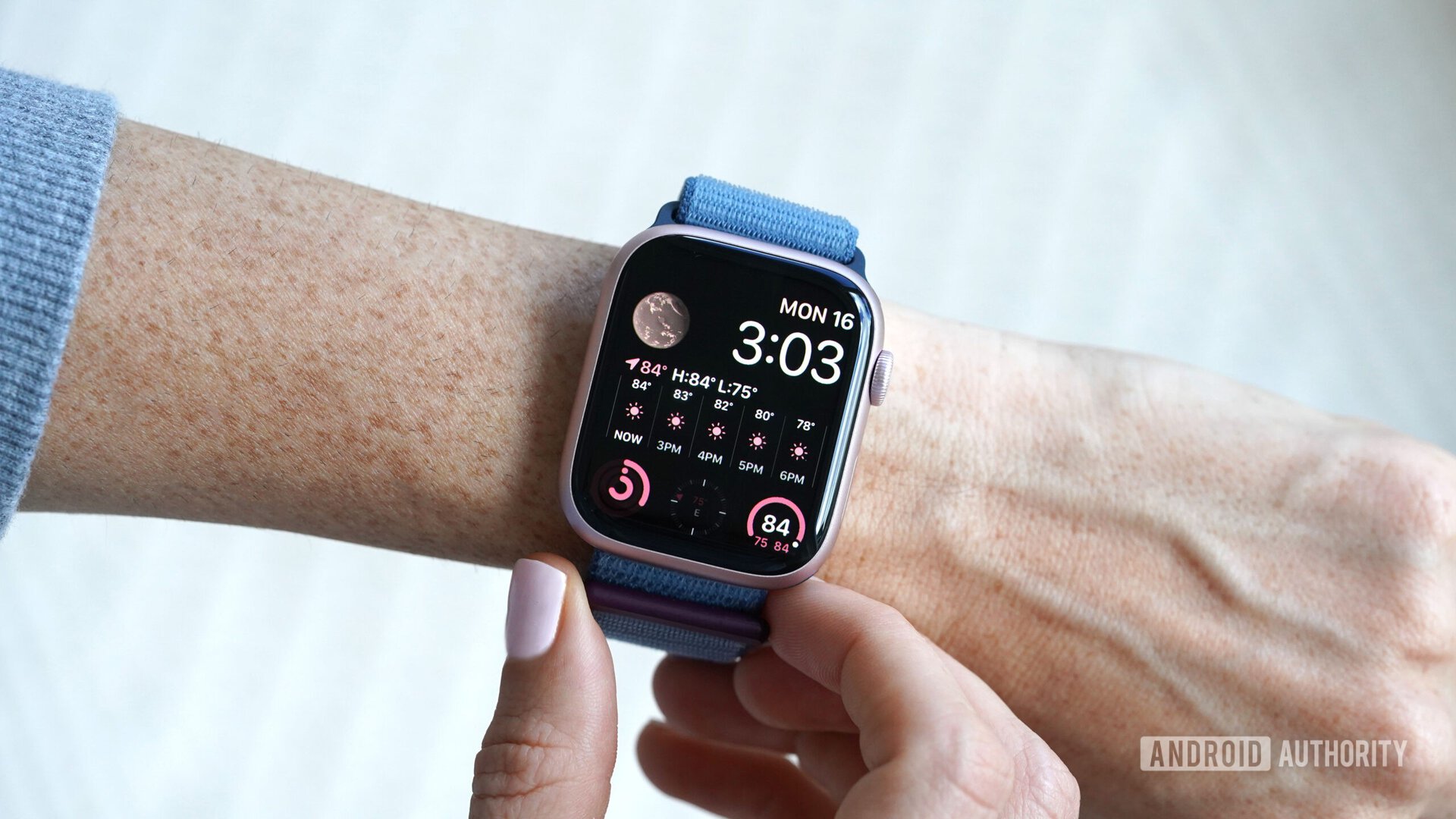
To return to wearables example again, instead of pushing Wear OS as a platform that can truly rival the Apple Watch with a flagship Google wearable, it is instead chugging along on the back of fashion brands launching derivative hardware. Samsung, for one, has so little faith in the platform that it ended up making its own, dare I say, superior smartwatch OS based on Tizen.
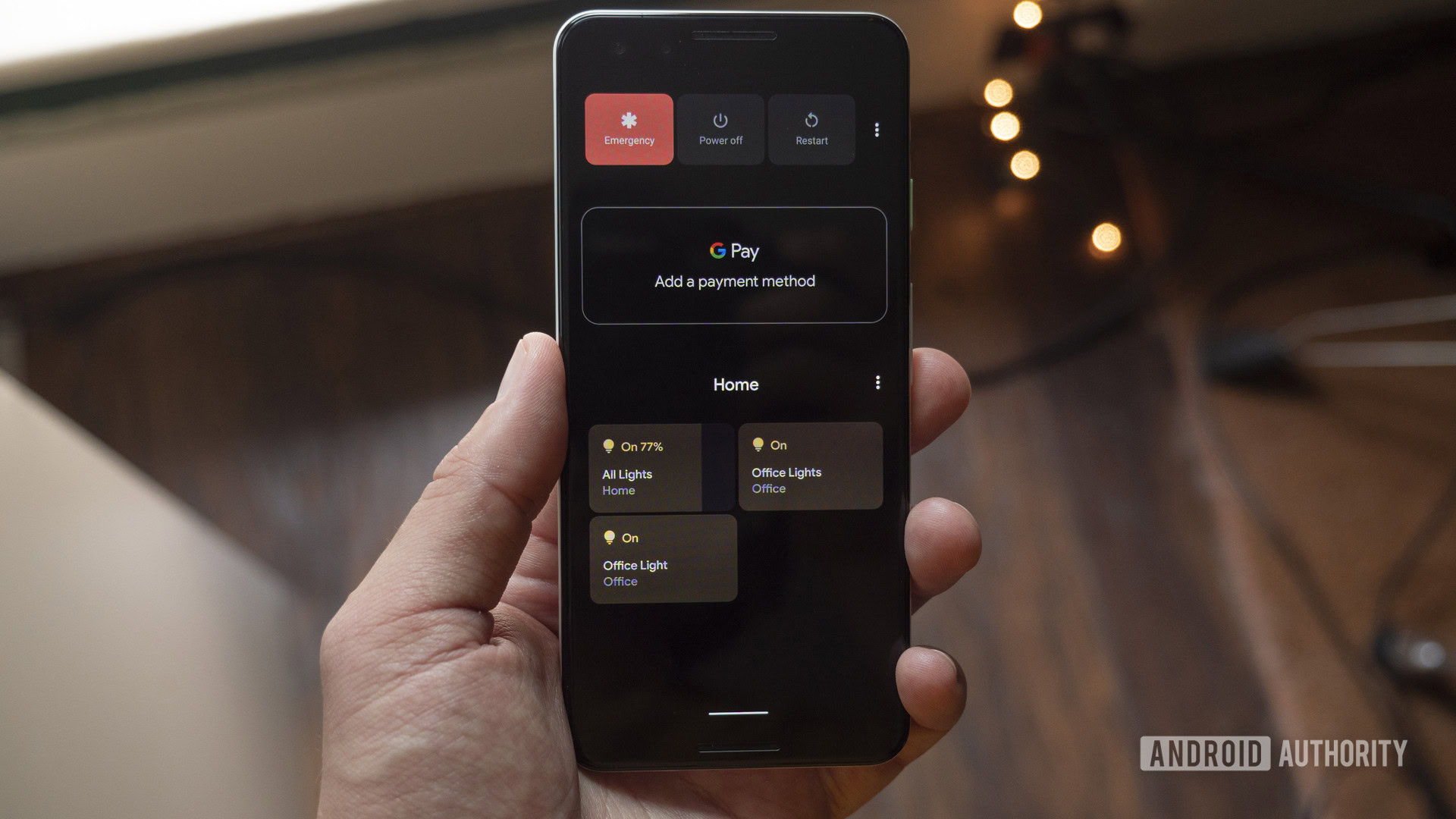
Google has the ability to create incredible products, but if it wants to be taken as a credible alternative to Apple’s ecosystem it should start treating its hardware as first-class citizens rather than a conduit to onboard users to its cloud and platform services.
Arguably the brightest star in Google’s hardware portfolio has been the Google Nest ecosystem of products that has been carrying the torch forward. Yet even there, Google hasn’t really committed to expanding use cases. You just have to take a quick look at the diversity of Amazon’s first-party portfolio of Alexa-powered products to see just how far behind Google is in establishing itself as a leading-edge hardware player.
It’s encouraging that there is at least a degree of cohesion between the Pixel and Nest teams. There’s a semblance of uniformity to design languages and Google building-in direct access controls for smart home equipment on Android 11 shows that the company is willing to create synergy between its verticals. The company has only improved on that with Android 12, and the upcoming Android 13.
Also read: Android 13: All the features we know so far
Nearby Sharing is shaping up to be a viable alternative to Apple’s Airdrop which would finally allow you to easily share files between any platform running the Chrome browser and an Android phone. Of course, it remains to be seen if it eventually ends up in the Google Graveyard just like Android Beam before it.
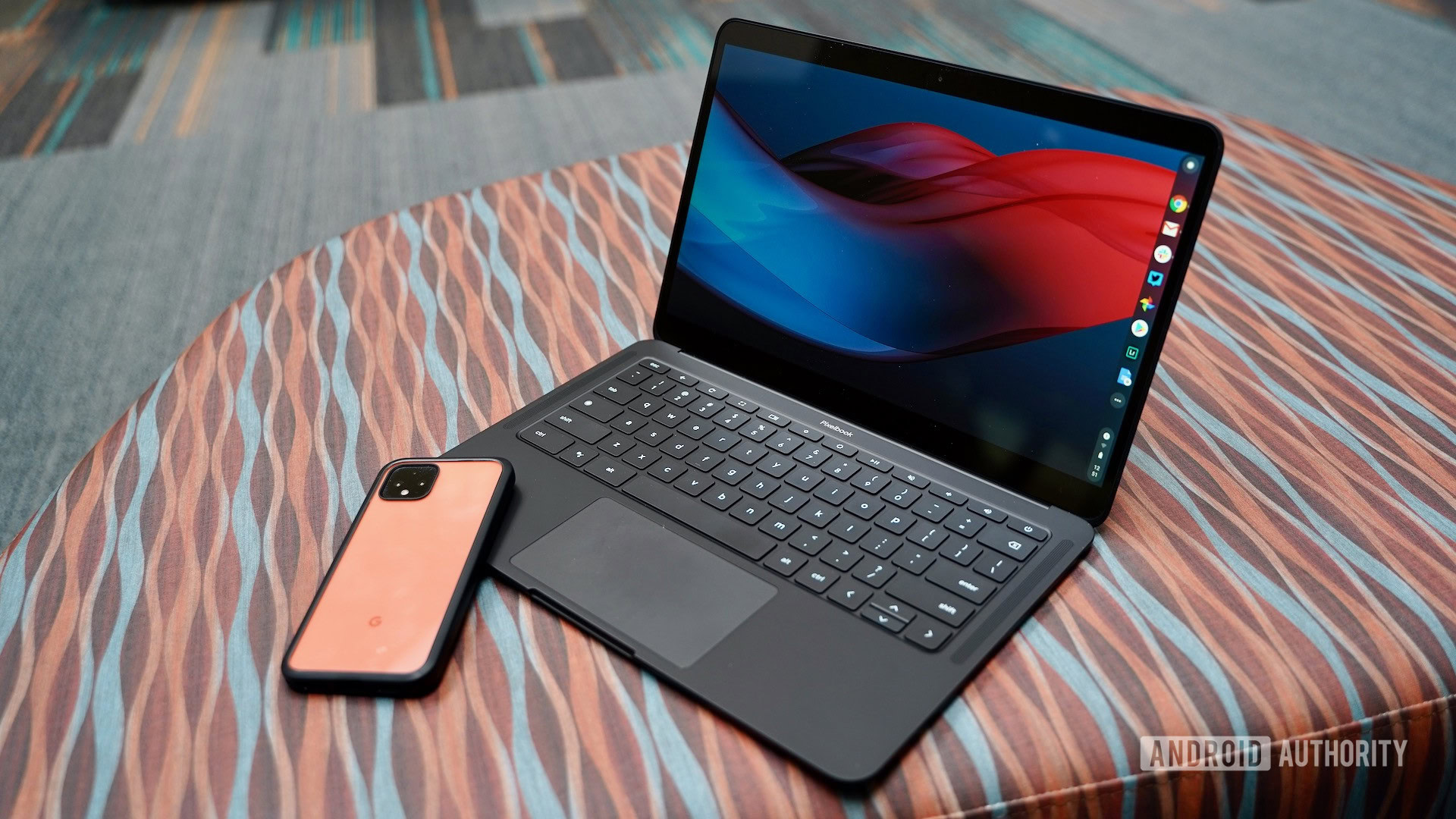
Apple’s ecosystem play has developed slowly, all the while maintaining a clear, linear focus. At WWDC, Apple demonstrated what the next 10 years of computing across devices might be like, and it has me excited and concerned about what lies ahead for Google’s ecosystem ambitions.
As we rush headlong into the post-PC world, Google needs to double down on its platform and ecosystem play, be it through first-party hardware or enabling partner ecosystems, or it simply risks being left too far behind. Thankfully, there are early signs that Google may feel the same.
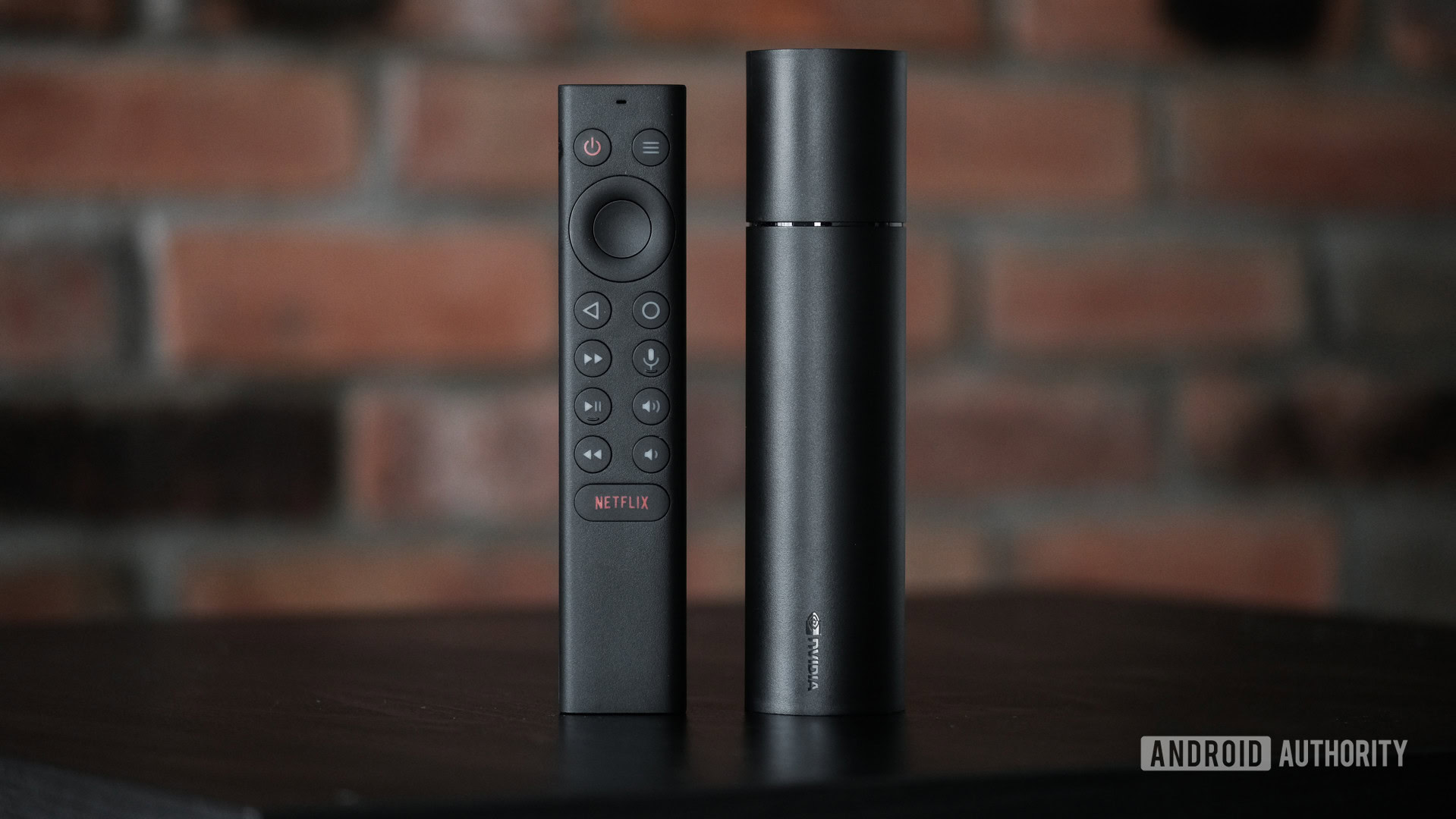
The release of the Android TV running Chromecast with Google TV was a step in the right direction towards bringing a great first-party media viewing experience to the television.
Another positive sign is Google’s continued investment and support for Google Assistant, which now forms the backbone of so many interesting Google services — including the upcoming Google Home successor. From powering searches on the Nest Hub to loading up your favorite movie on Android TV, Google Assistant showcases the very best of Google’s cross-product software chops. But calling up videos from your smart speaker to the TV just isn’t enough. How about sending and replying to text messages from a Nest Mini? Or getting call notifications in my Chrome browser window? This is the kind of integration that sells Apple’s ecosystem and its high time Google followed through.
There are great products in the Google ecosystem, but the lack of a singular vision is holding it back.
Now is not the time to throw ideas at the wall and see what sticks. As these individual product lines mature, Google needs to think long and hard about how it brings together a collective vision for the future of seamless computing between different product categories. Four generations of phones, three generations of laptops, and umpteen experiments later, the company now needs to recognize what works and make sure it champions the Google vision of a connected future.
When Apple commits to something, it goes the whole hog. Google could stand to learn a lesson or two from the Cupertino brand.
